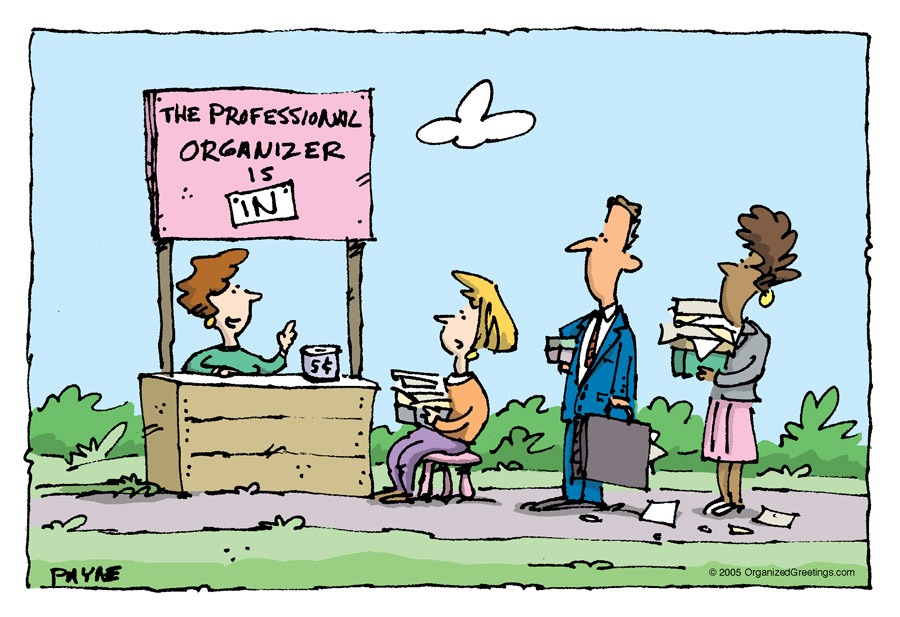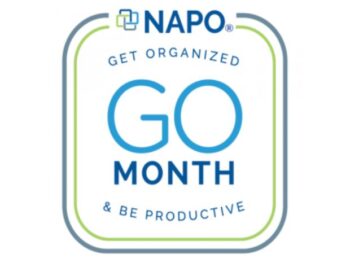Yes, retail therapy is “a thing”. It does indeed provide a short dose of dopamine that makes us feel better in the moment. And shopping has never been easier, given the convenience of online shopping and emails offering specials from our favorite stores landing in our inbox daily. Excessive acquisition is something I see regularly in my clients’ homes, sometimes to the point where marital strife develops, and often it blocks my clients from being able to see their organizing goals met.

I am in no way advocating for a truly minimalist lifestyle. That is attainable for a very small percentage of our population. What I am advocating for, however, is shopping with intention. Read on for tips on how to change your mindset as you put items in either your physical or Internet shopping cart.
- Make the commitment to actively work on changing the way you shop. Without clear intent and motivation, the rest of these tips may only work in short, fleeting moments – if at all.
- “Strategies to Acquire Less Stuff” by Diane Gambrel, suggests visiting a friend or family member who has a home that is tidy and uncluttered. Ask him/her what they do to maintain it and how often they work on it. Learning from others has often been a fabulous source of advice, especially from those we admire.
- Shop with intention. Ask yourself some of the following questions (taken from K2 Organizing LLC”)…
- “Is acquiring this consistent with my goals?
- “Do I need it?”
- “Do I have a place for it without getting rid of something?”
“Am I getting it for reasons other than the good deal?” - “Will I be happy with my decision tomorrow? A year from now?”
- “Is this my only chance to get this?”
- “Will this serve a purpose in a way that nothing I own does?”
- “Do I love it?”
- “Will the time and space costs be worth it?”
- “Am I sure I am getting this for the right reasons?”
- “Is there a good reason that I cannot wait 24 hours?”
- “Will this make my life better?”
- If you are shopping as a hobby or out of boredom, look to replace shopping with another activity.
- If you are more or less happy with the amount of stuff you own, implement the 1 in/1 out rule. If you are working on owning fewer items, then it’s 1 in/2 out.
- When bringing home new items or after a shipment has arrived, open and put the items away immediately. Unopened bags and boxes get forgotten very easily!
- Start a budget and/or track your spending. It can be eye-opening to see where your money goes and how it adds up. Again, citing information from Diane Gambrel’s book:
- If you spend just $10 extra per week, that adds up to $520 in a year and $2600 in 5 years.
- If you spend $25 extra per week, that adds up to $1300 in a year and $6500 in 5 years.
- If you spend $100 extra per week, that adds up to $5200 in a year and $26,000 in 5 years.
- Certainly you can put that money towards more important or larger expenses, a trip or even a donation to a charity of your choosing.
- Consider how you want to model financial behaviors to your kids. They learn so much from us and our shopping habits are a big one.
Again, I am in no way saying not to shop or buy needed items. I simply maintain that it can easily get excessive and impede the quality of life you wish to lead. Life is meant to be enjoyed, so do so. Just be mindful of the shopping decisions you make and ensure they are aligned with your goals and priorities.
Image by Please Don’t sell My Artwork AS IS from Pixabay












 National Get Organized Month is here!
National Get Organized Month is here!




